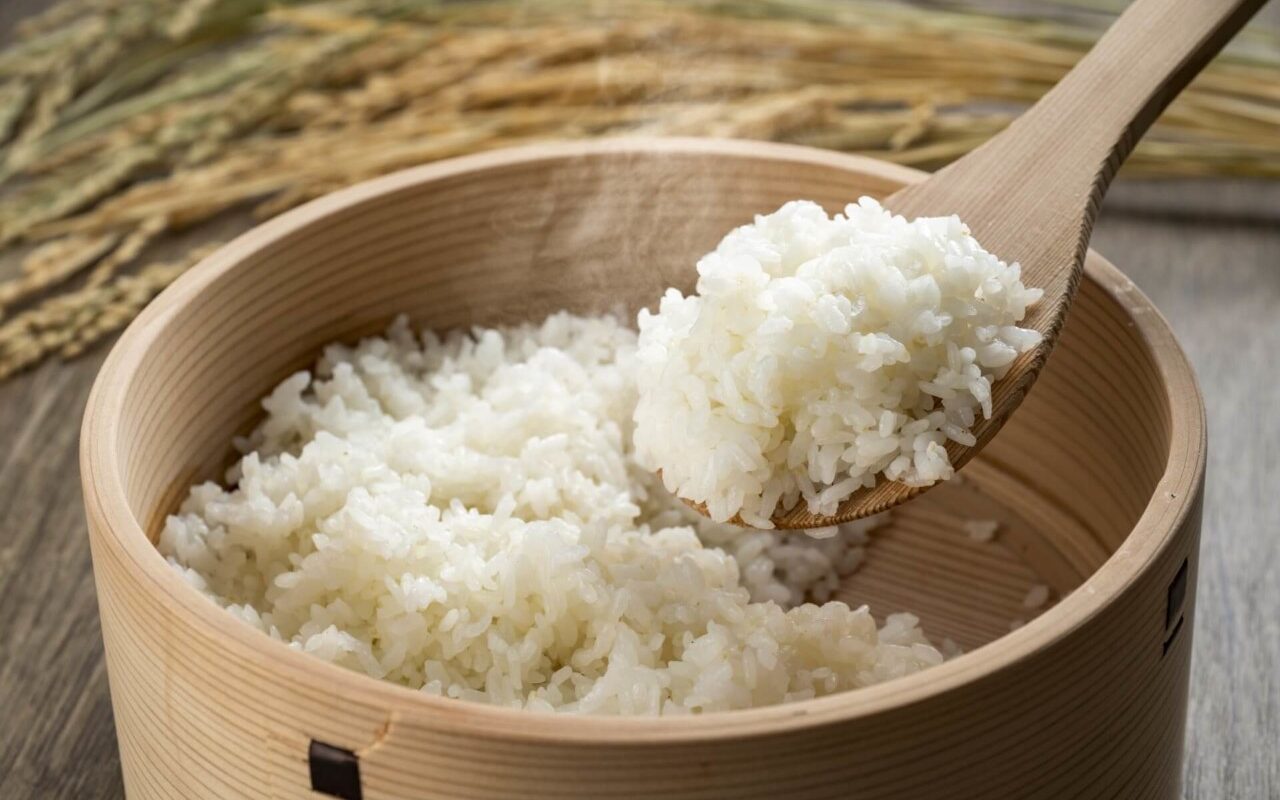When we savor a delicious sushi roll, the subtle flavors and textures captivate our taste buds. But have you ever wondered about the nutritional content, especially the carbs in sushi rice? Sushi, a traditional Japanese dish, has become a global sensation for its delectable taste and artistic presentation. At the core of sushi lies sushi rice, which plays a crucial role in its overall appeal.
In this article, we’ll delve into the intricacies of sushi rice, focusing on its carbohydrate content, nutritional value, and how it fits into a balanced diet. Whether you’re a seasoned sushi enthusiast or a curious novice, understanding the nutritional aspects can enhance your dining experience.

What Is Sushi Rice?
Sushi rice, or ‘shari’, is a key ingredient in sushi preparation. It is a short-grain rice variety that becomes sticky when cooked, allowing it to hold together when shaped into rolls or formed into nigiri. The rice is seasoned with a mixture of vinegar, sugar, and salt to give it the distinctive flavor that complements the other sushi ingredients.
The Carbohydrate Content in Sushi Rice
Sushi rice is primarily composed of carbohydrates, with a cup of cooked sushi rice containing approximately 36 grams of carbohydrates. These carbs provide the necessary energy to fuel our bodies. However, it’s important to consume them in moderation, especially for those monitoring their carb intake.
How Does Sushi Rice Differ From Other Rice Types?
Sushi rice is distinct from other rice varieties due to its higher starch content, which contributes to its sticky texture. For a deeper understanding of different rice types, you can refer to this guide to rice varieties.
The Nutritional Profile of Sushi Rice
In addition to carbohydrates, sushi rice contains small amounts of protein and negligible fat. It also provides essential minerals such as magnesium and selenium, albeit in modest quantities. While sushi rice is not a significant source of vitamins or minerals, it serves as a vehicle for the nutrient-rich ingredients in sushi, like fish, vegetables, and seaweed.
Balancing Sushi Rice in Your Diet
For those who enjoy sushi regularly, it’s crucial to balance the carbohydrate intake from sushi rice with other nutrient-dense foods. Incorporating a variety of proteins, healthy fats, and vegetables can make for a well-rounded meal.
For individuals seeking lower-carb alternatives, options like cauliflower rice or quinoa can be used in place of sushi rice. You can explore more about sushi rice alternatives for a gluten-free diet.
Tips for Enjoying Sushi Healthily
1. Opt for sashimi, which consists of thinly sliced raw fish without rice, to reduce carb intake.
2. Choose rolls with more vegetables and lean proteins to balance the carbs from the rice.
3. Limit the use of high-sugar sauces and condiments.
4. Practice portion control to avoid overconsumption of carbs.
Preparing Sushi Rice at Home
If you’re inspired to prepare sushi at home, understanding the correct amount of sushi rice per roll is essential for achieving the perfect balance of flavors.

FAQ
Is sushi rice gluten-free?
While rice itself is gluten-free, certain sushi preparations may contain gluten-containing ingredients like soy sauce. Ensure to use gluten-free alternatives if necessary.
How can I reduce the carbs in my sushi?
You can opt for sushi rolls with more vegetables and less rice or substitute traditional sushi rice with alternatives like cauliflower rice.
Are there any health benefits to eating sushi rice?
Sushi rice provides energy and complements the nutritional profile of sushi dishes. Pairing it with fish and vegetables enhances its health benefits.
This article contains affiliate links. We may earn a commission at no extra cost to you.



